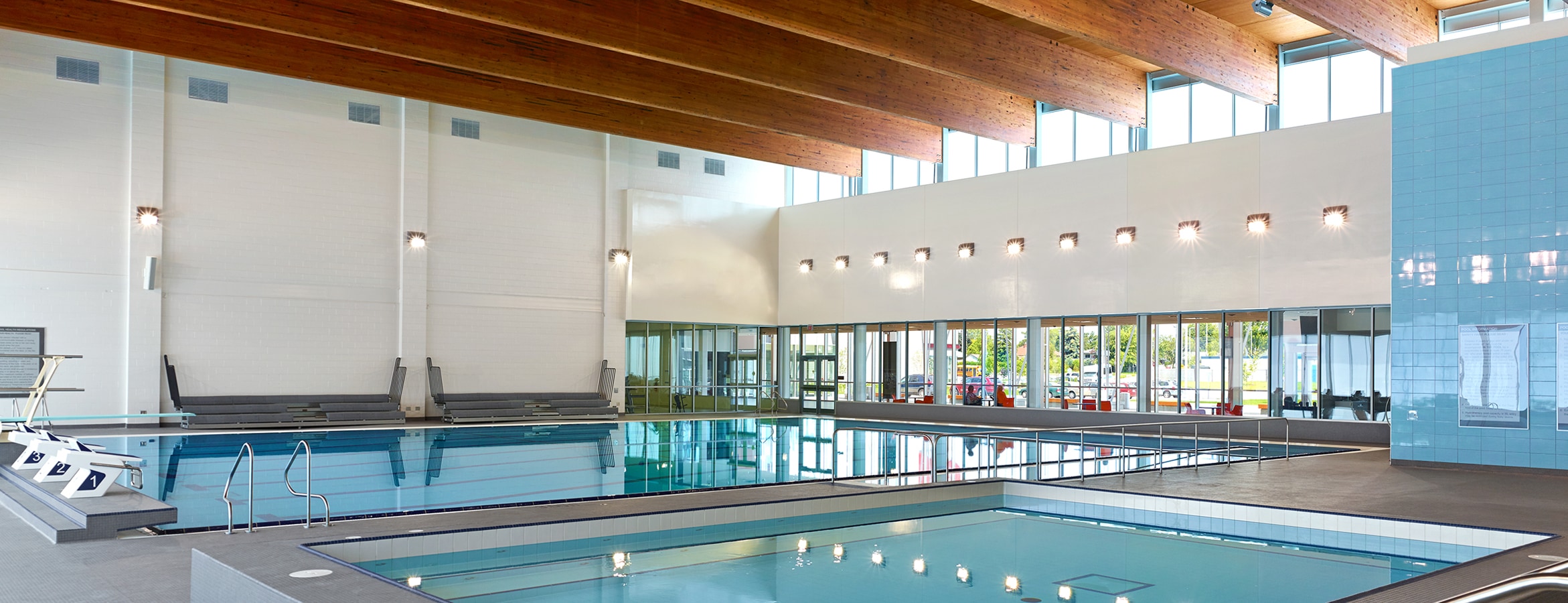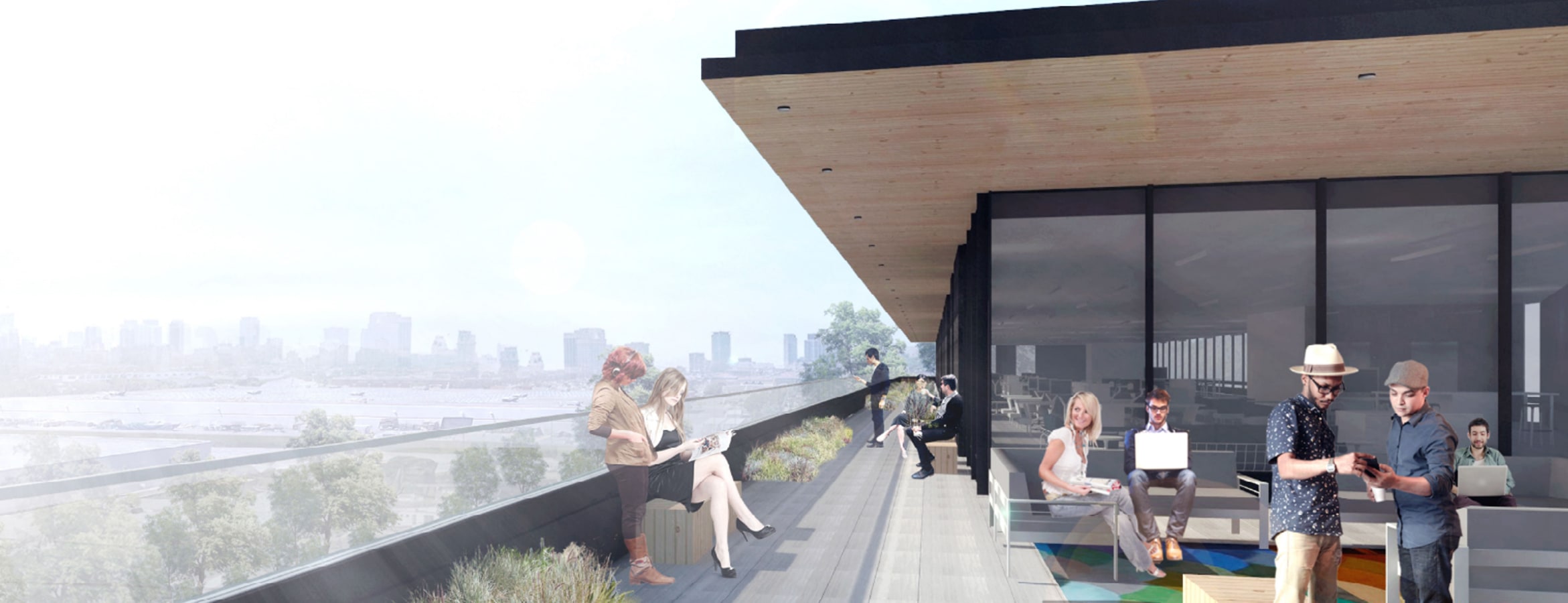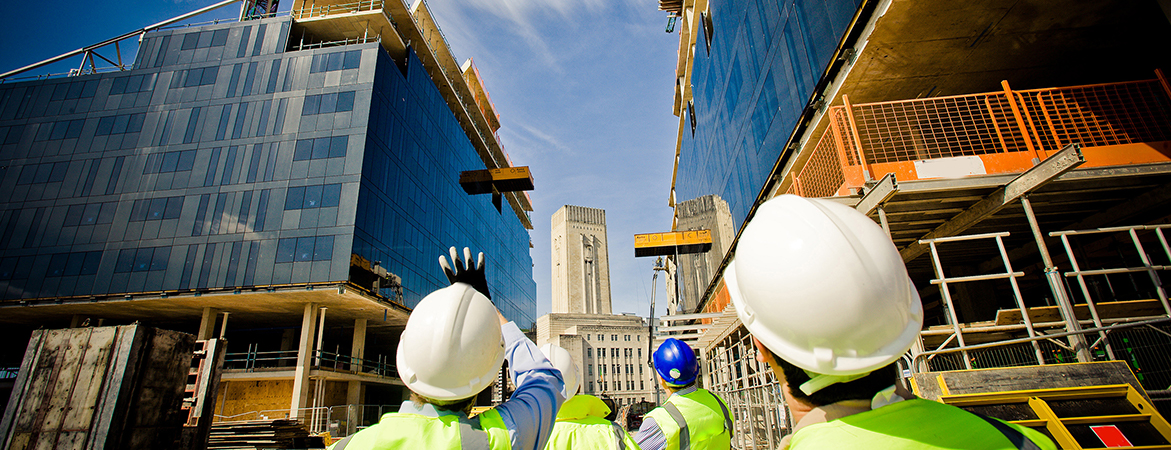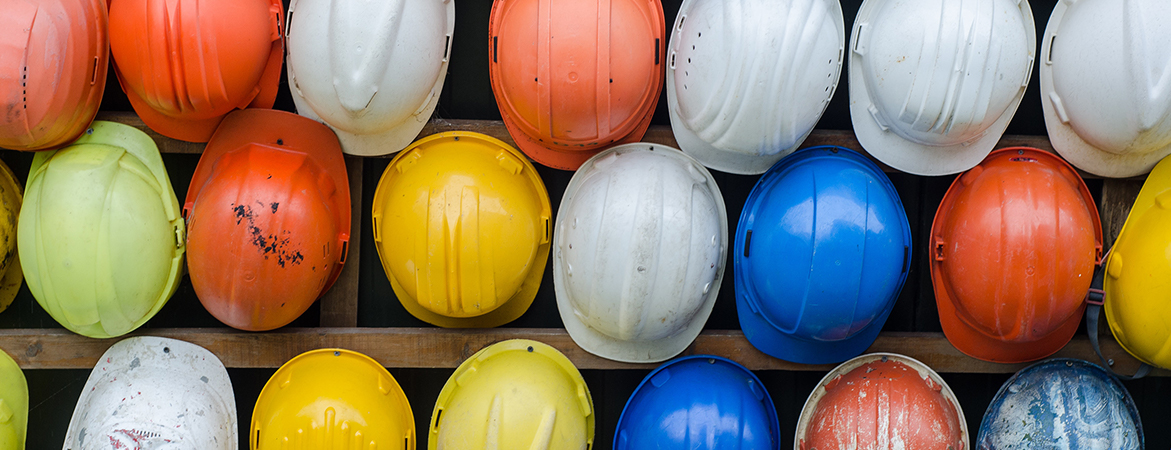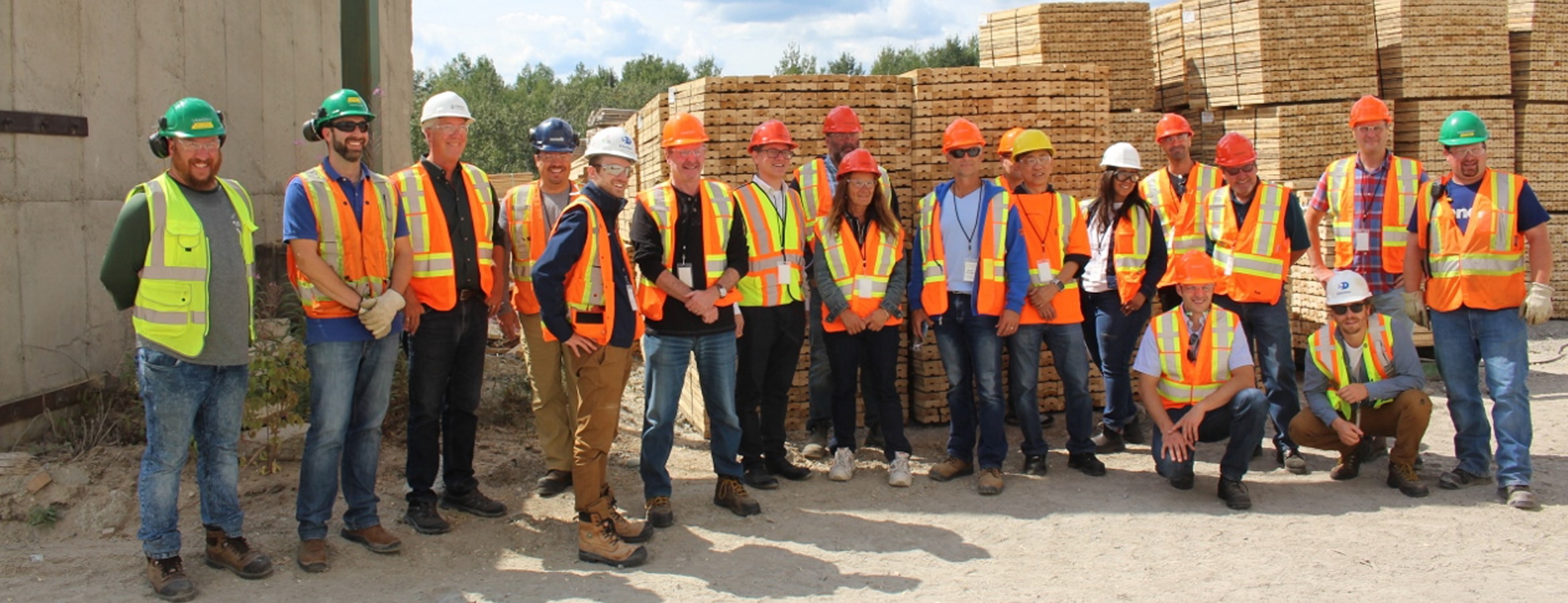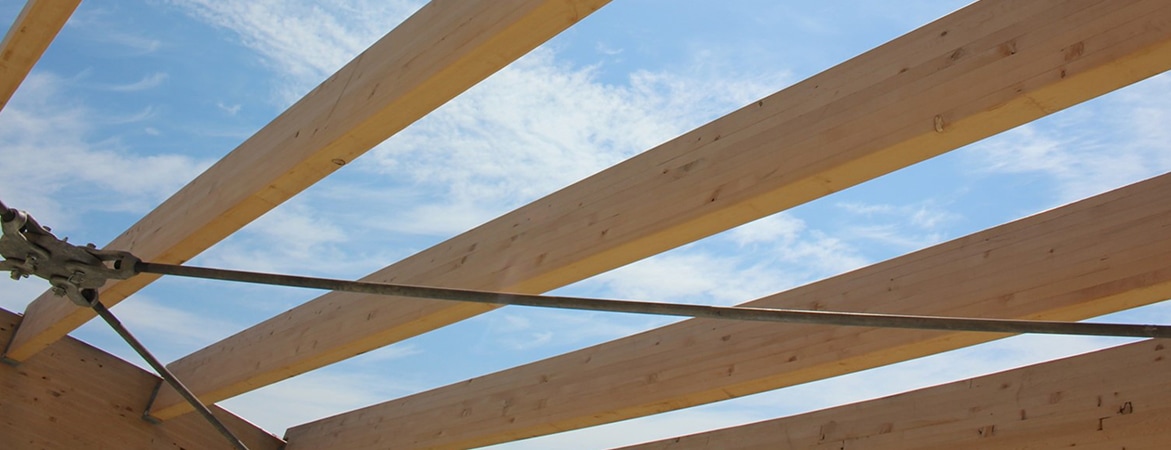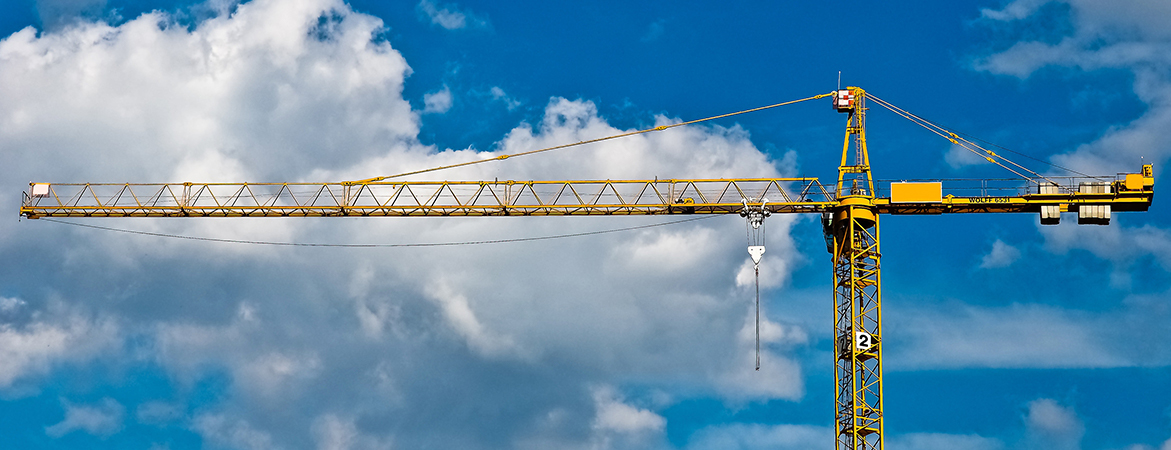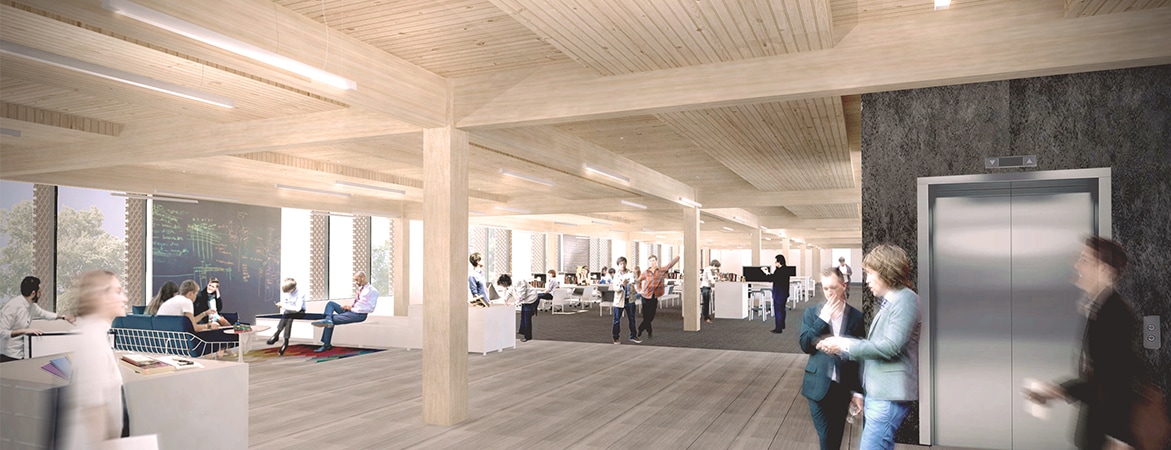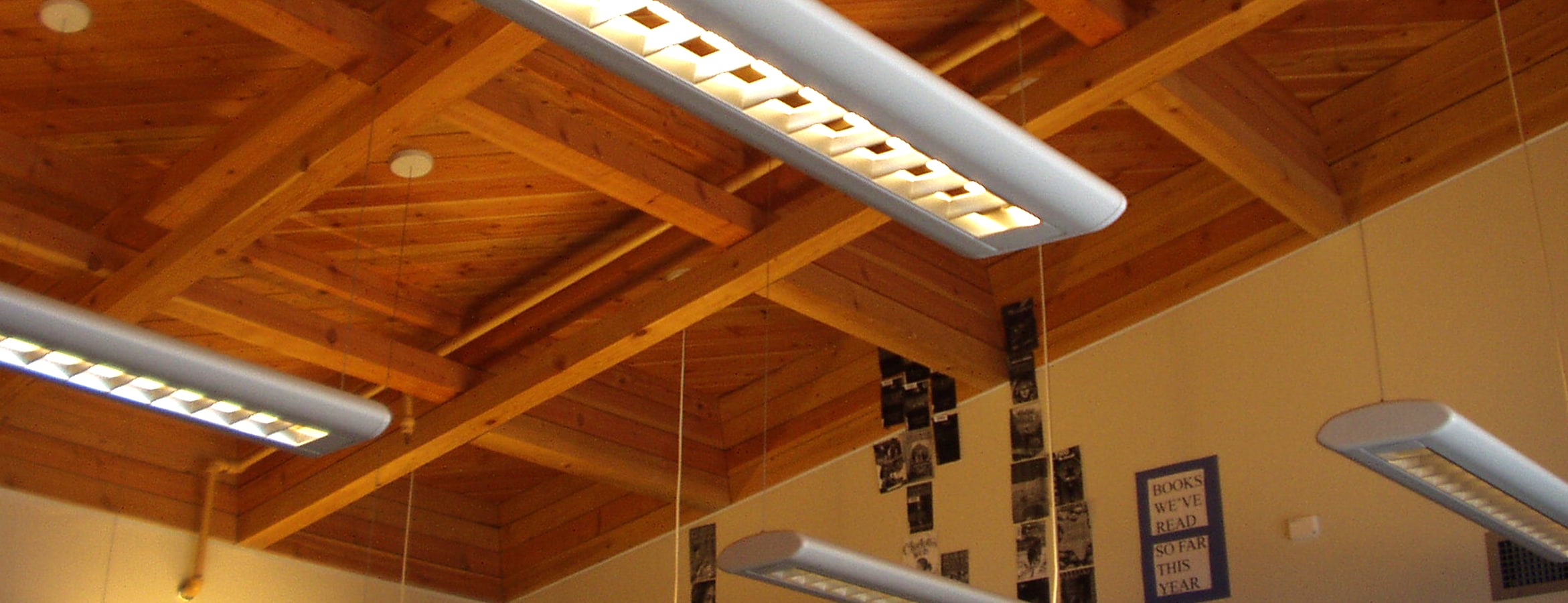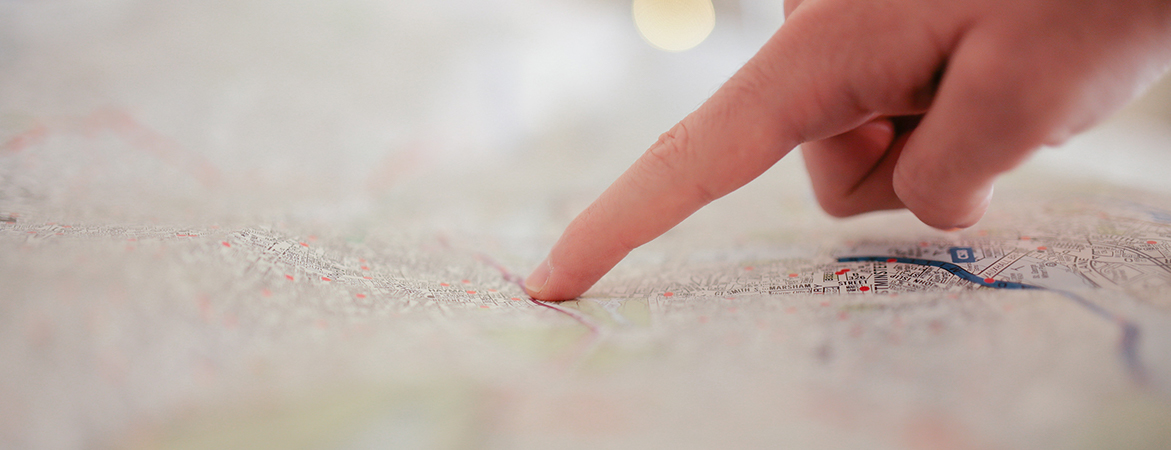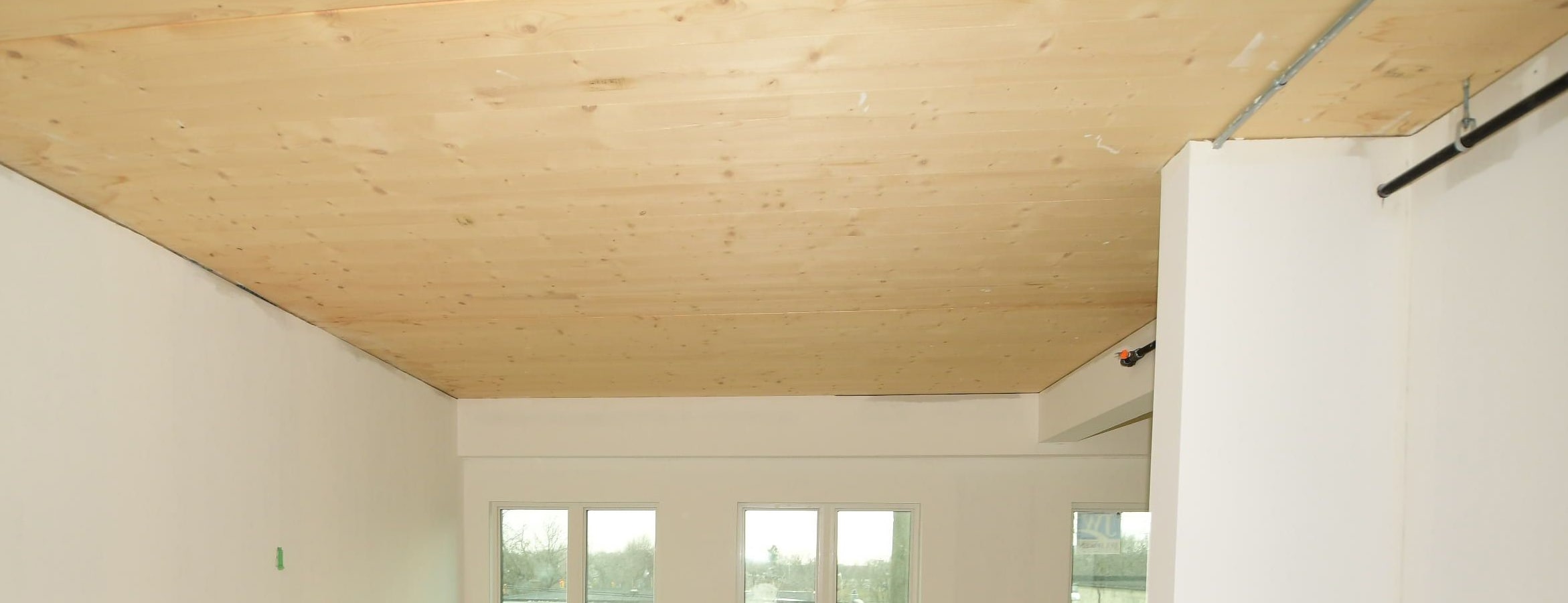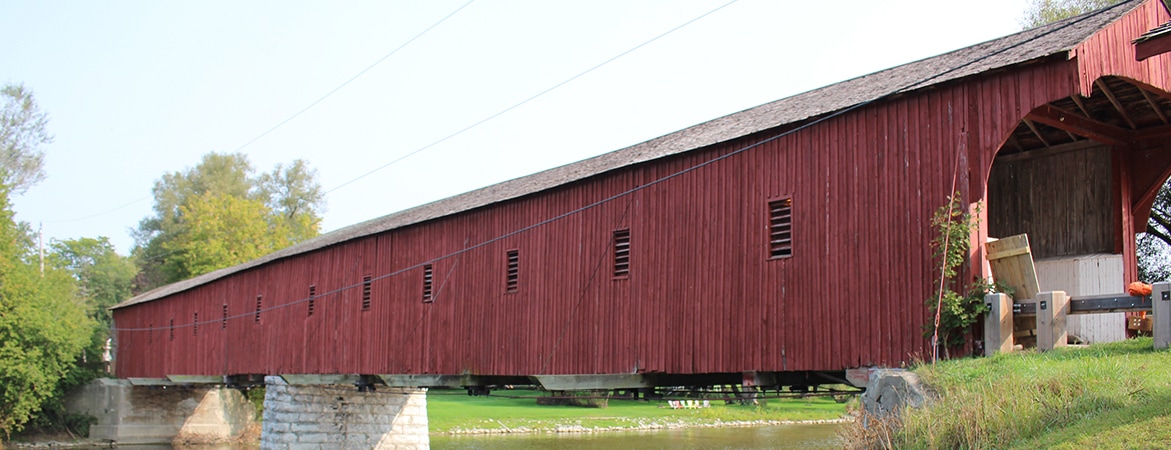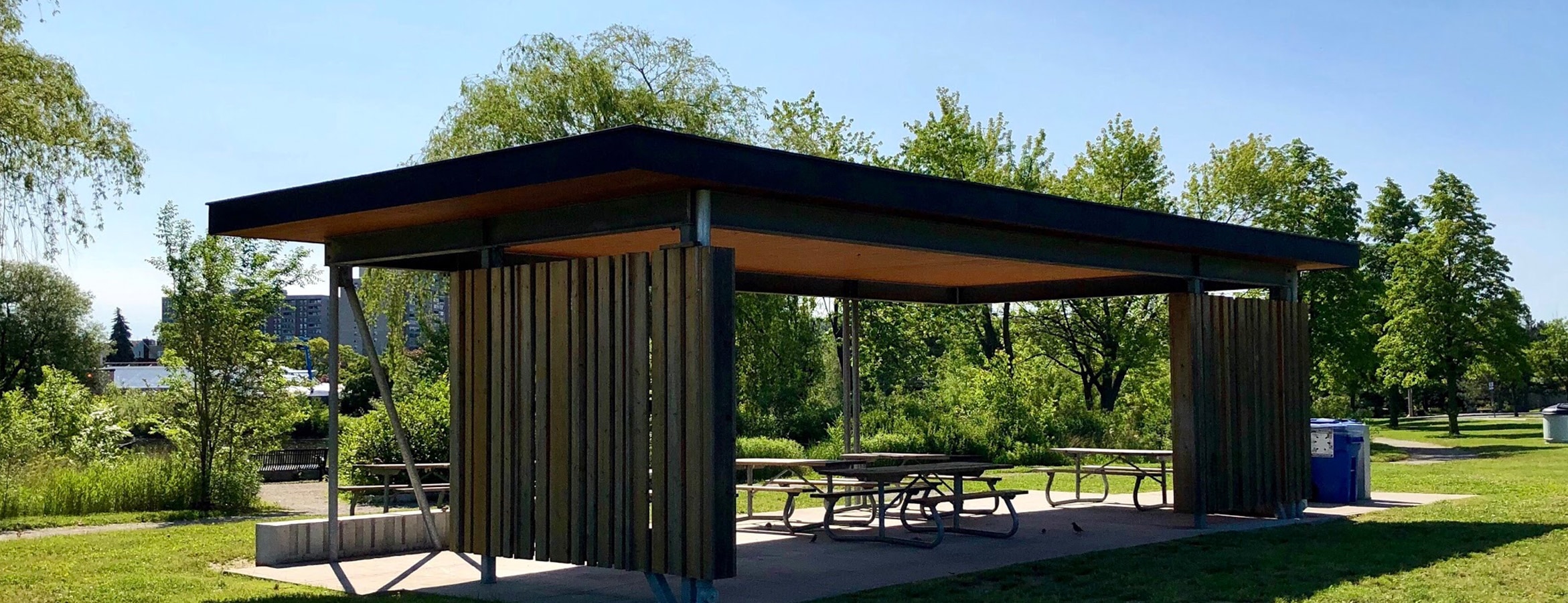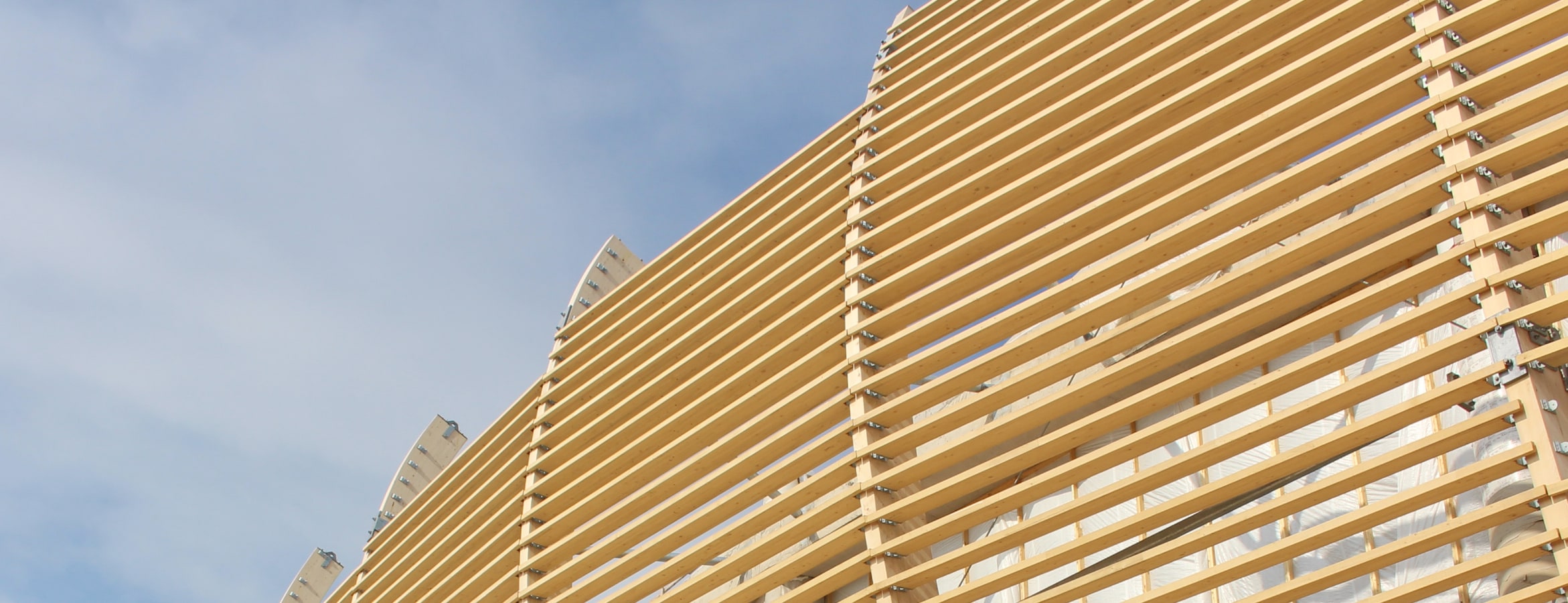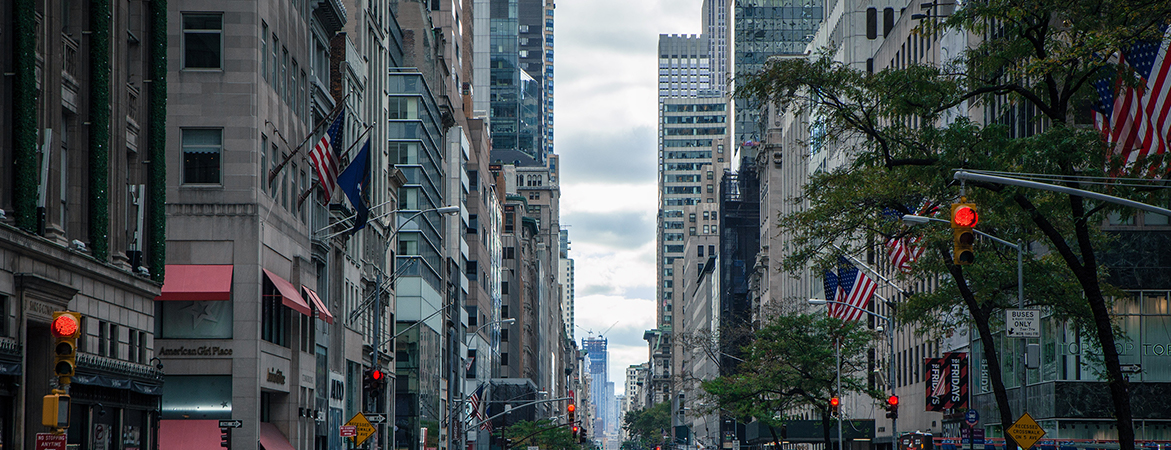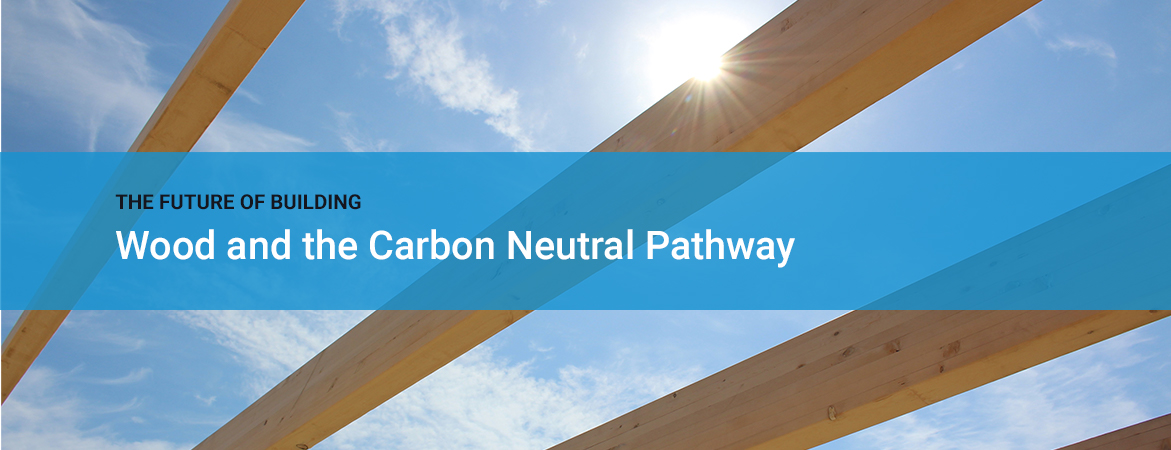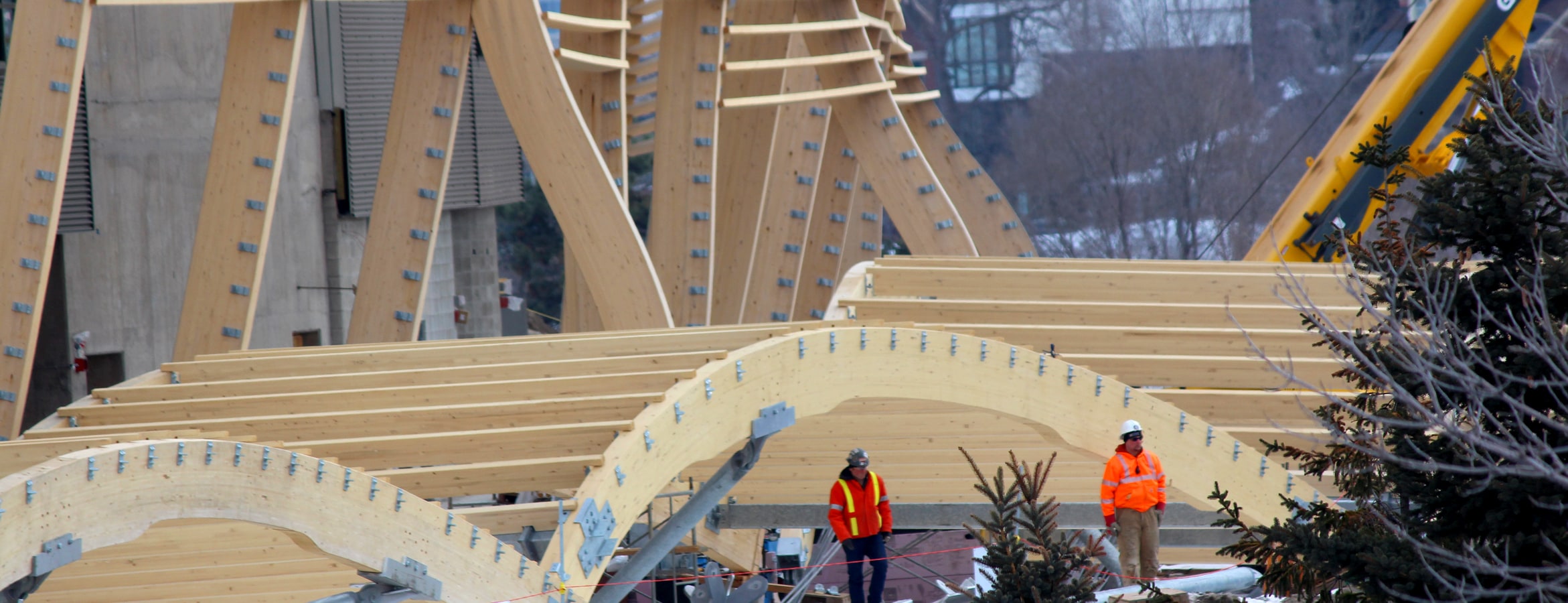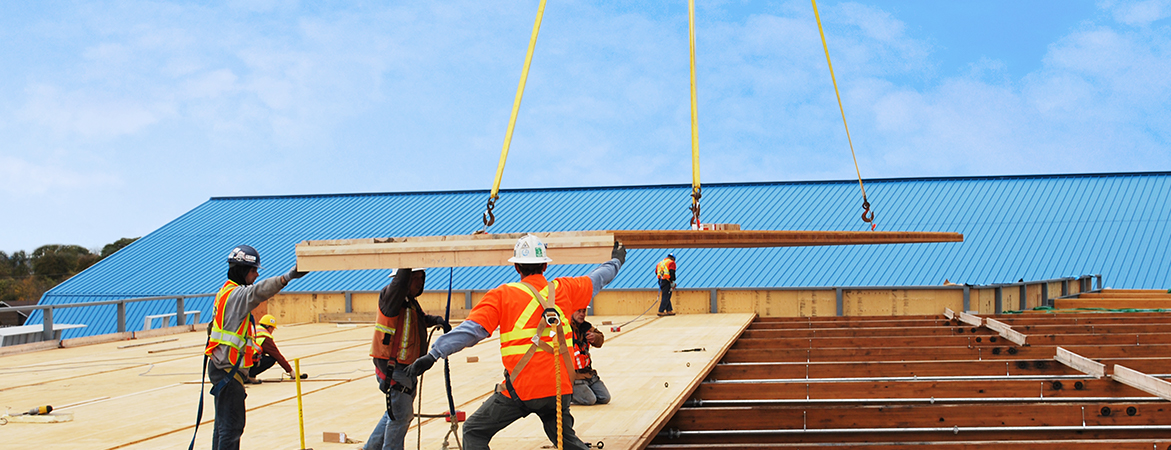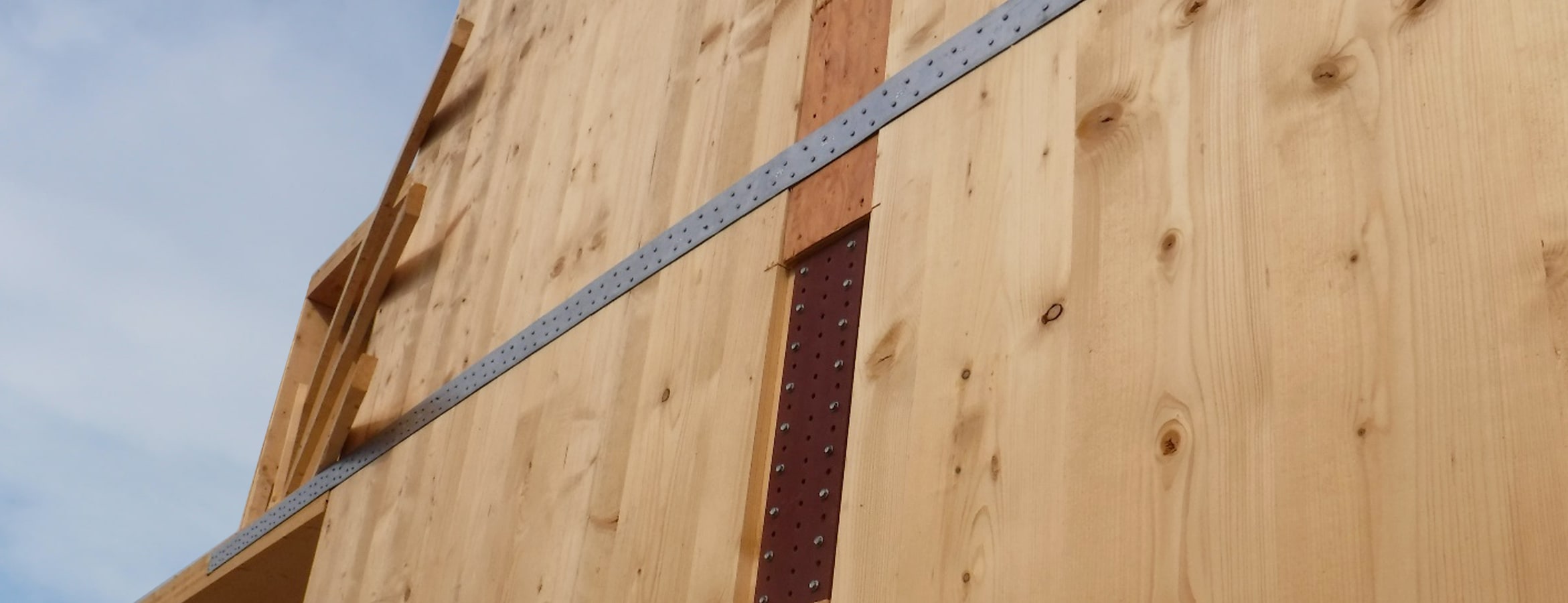January 2020 – A note from Moses Structural Engineers:
Mass timber is taking over the construction industry in a big way. As building codes change to allow taller wood buildings, and the conversation on climate change continues, many people are looking to mass timber as the future for low impact design. Engineered wood products offer more choices today than ever before thanks in part to their enhanced material properties and their efficient use of natural resources compared to conventional solid sawn lumber. This results in more applications than ever for mass timber and less material waste. Here are our top 10 structural building uses for mass timber:
1. Office Buildings
Exposed wood structural elements create a warm and inviting atmosphere in office buildings. 100-year old post-and-beam mid-rise office buildings are in high demand in many cities in Canada and the United States. New construction using glued-laminated timber, cross-laminated timber (CLT), nailed-laminated timber (NLT) and other mass timber products can be combined in many ways to create flexible space which can adapt as tenants’ need change over time.
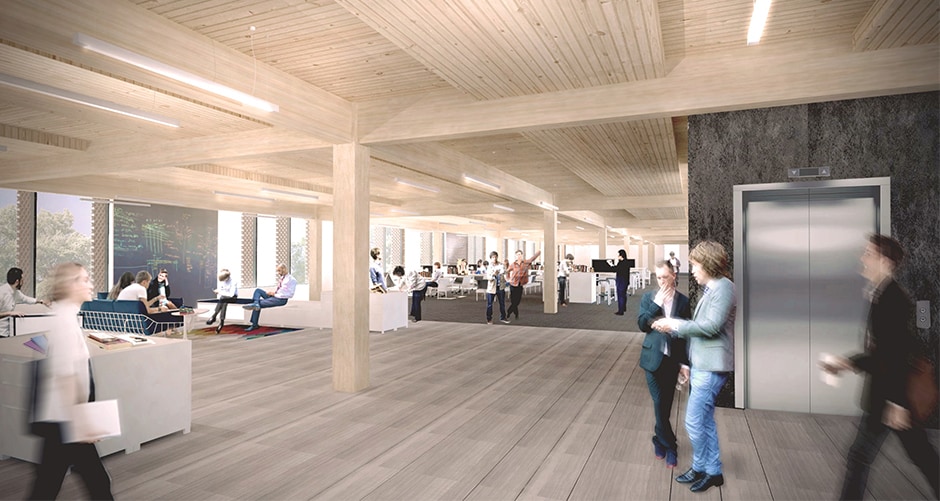
2. Student Residences
Mass timber is starting to be used for student residences in North America. The wood can be concealed or exposed and the small room sizes (compared to office space) allow for different mass timber structural systems to be considered.
3. Infill Projects
In urban centres, quite often the only land available for new developments fits tightly between other existing buildings. This presents a few challenges including zero lot lines, shoring requirements, and potential disruption to traffic in congested neighbourhoods. Mass timber is a great option for these locations because the components are prefabricated using CNC machines to very tight tolerances and delivered to site just-in-time.
4. Multi-Unit Residential
Condominiums and rental properties using mass timber have slightly different structural systems than those of office and student residences described above. Issues such as acoustics and vibration influence the design. In some cases, the mass timber can be left exposed, providing occupants with the positive health benefits of direct contact to natural materials.
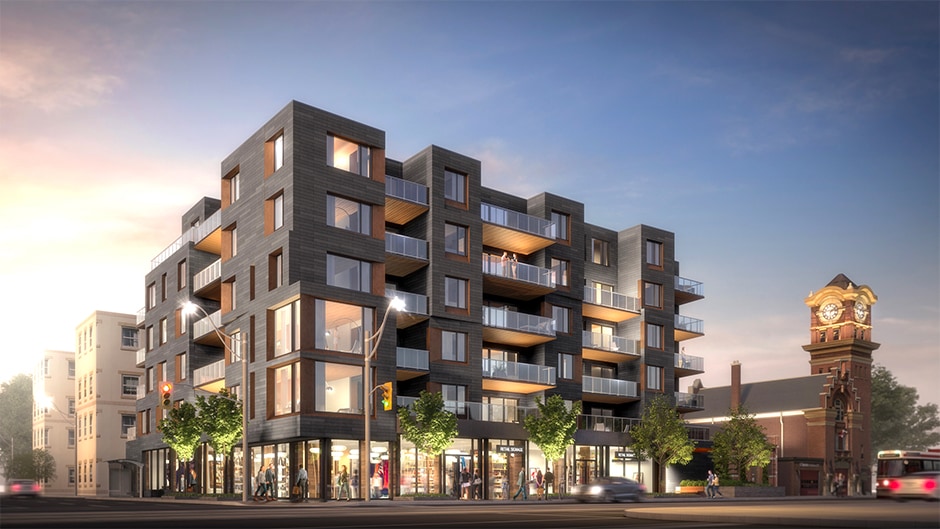
5. Custom Homes and Cottages
Exposed timber in a building provides great aesthetic appeal and creates a warm and inviting environment. Mass timber materials costs may be higher than stick frame lumber but mass timber provides a prefabricated option which can be of overall benefit for installations in remote locations.
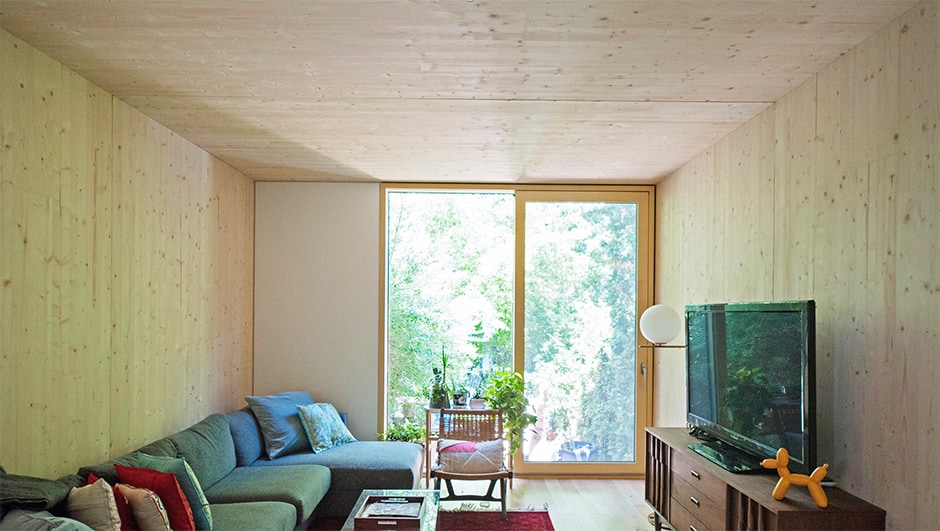
6. Outdoor Parks
Wood is commonly used outdoors. Smart material choices and detailing make a big difference for long term durability. When protected under roofs, exposed mass timber soffits provide an appealing alternative for park structures.
7. Classrooms
Studies have shown that using natural materials such as wood in classrooms improves learning. Using mass timber in educational institutions creates warm, inviting study environments that foster learning.
8. Indoor Pools and Sports Venues
Glued-laminated timber is commonly used in arenas, pools and indoor waterparks for long spans and visual appeal. Mass timber CLT panels can cover large areas with less lifting which saves considerable time during construction.
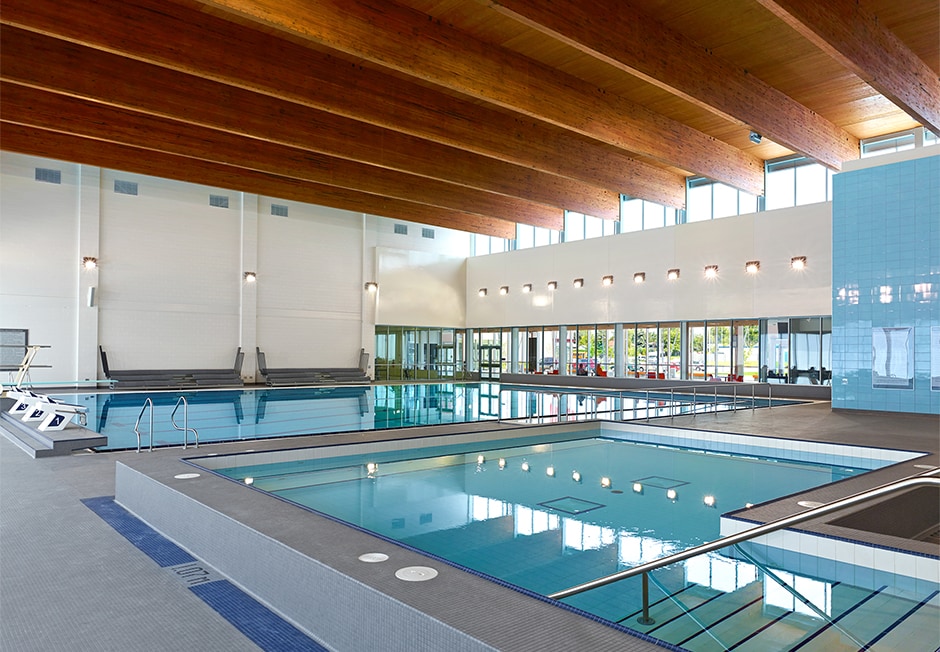
9. Retail Stores
Retailers, big box stores and commercial property owners are finding that that people spend more time and money in stores with exposed wood and natural lighting. Mass timber is a natural fit for stores. The large format panels work well as tilt-up construction as we have found on our sites.
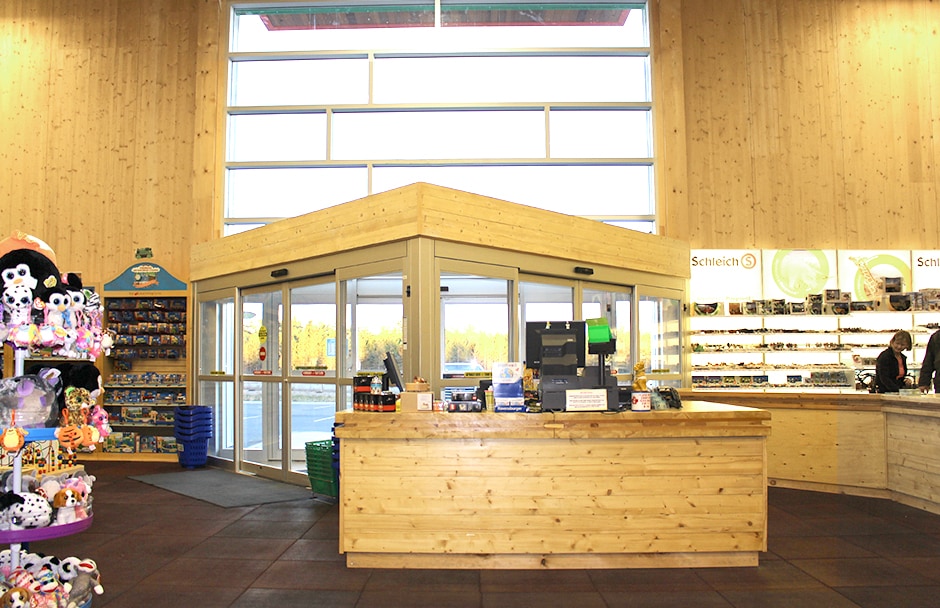
10. Site With Poor Soils
Mass timber buildings are significantly lighter than concrete and composite concrete and steel construction. Because of this, on sites were there are poor soils, opting for a mass timber building can allow for additional storeys without exceeding the bearing capacity of the soil and saving in the cost of ground improvement.
The most important thing to remember, when looking at a wood solution for your building, is that wood is a very different material than steel and concrete. Mass timber can be used in conjunction with the other materials, in a hybrid approach. Contact Moses Structural Engineers to get us on your team now and explore the options in mass timber, or a hybrid with wood, concrete, steel and/or masonry.
Moses Structural Engineers mass timber specialists have extensive experience designing and detailing mass timber for many types of uses and occupancies.
